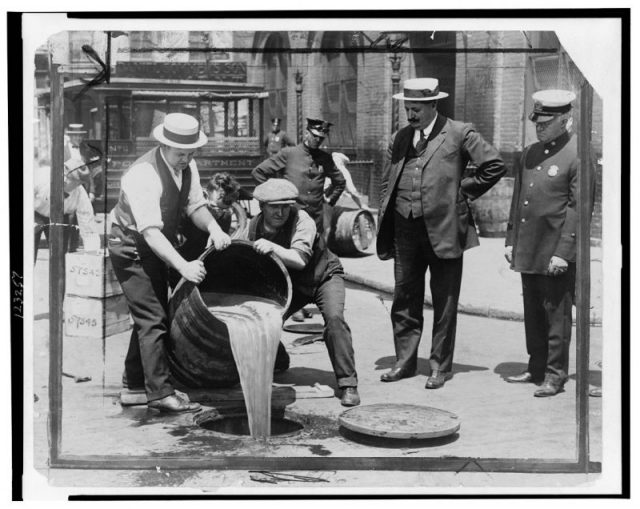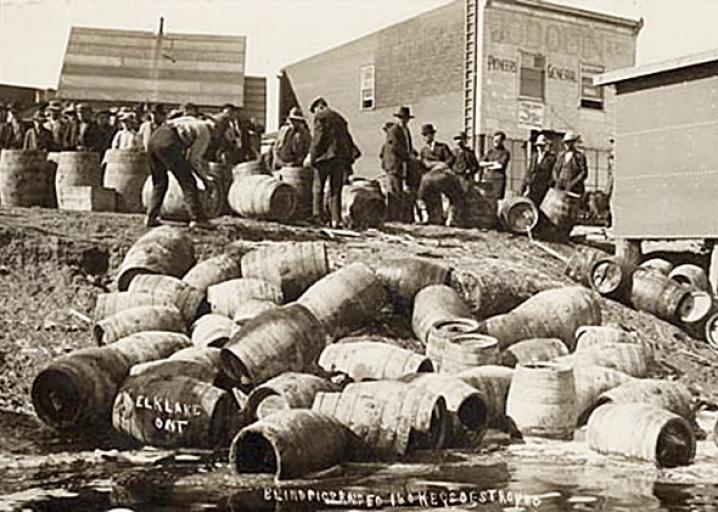The u s government poisoned alcohol during prohibition to deter people from drinking

The U.S. Government Poisoned Alcohol during Prohibition to Deter People from Drinking

During the Prohibition era in the United States, which lasted from 1920 to 1933, the government implemented strict laws to ban the consumption, production, and sale of alcoholic beverages. However, one lesser-known fact is that the U.S. government took extreme measures to discourage the public from consuming alcohol by deliberately poisoning it.
This controversial tactic was part of a broader range of measures adopted by the government to enforce Prohibition and deter people from drinking. While the authorities believed that poisoning alcohol would dissuade individuals from consuming it, this approach had unintended consequences and resulted in numerous adverse effects on public health.

The government’s strategy involved introducing toxic substances such as methanol, ethanol, and formaldehyde into industrial-grade alcohol, which was being produced in large quantities during this period. This “denatured” alcohol was typically used for manufacturing purposes and was not intended for human consumption. However, due to the increasingly high demand for alcohol during Prohibition, bootleggers often stole, diluted, and sold this industrial-grade alcohol.
To combat this illegal practice, the government ordered the poisoning of industrial alcohol to render it undrinkable. Initially, these chemicals were deemed safe for industrial use, as they were expected to deter bootleggers who sought to resell the alcohol. However, the drastic consequences of this decision became apparent.
Instead of deterring consumption, the poisoned alcohol led to unintended health complications and even death for those who drank it. The toxic substances used in the process caused severe illness, blindness, paralysis, and in some cases, fatal consequences. It is estimated that between 10,000 and 50,000 people lost their lives due to the consumption of poisoned alcohol during Prohibition.
The government’s attempt to discourage alcohol consumption through this extreme measure brought attention to the failure of Prohibition, as well as raised concerns about the ethical implications of such government action. The poisoning of alcohol not only led to unintended harm to the public but also highlighted the desperate measures taken to enforce this controversial law.
The practice of poisoning alcohol during Prohibition gradually diminished as public frustration grew, and support for Prohibition waned. Ultimately, the government realized the futility of the poisoning campaign and acknowledged the need for a different approach to address alcohol-related issues.
In conclusion, the U.S. government’s decision to poison alcohol during Prohibition was a controversial and ultimately counterproductive tactic aimed at discouraging people from drinking. However, instead of achieving its intended purpose, the poisoning of alcohol resulted in numerous health issues and countless deaths. This little-known aspect of Prohibition sheds light on the extreme measures taken during this era and underscores the importance of considering the unintended consequences of government actions.
Source: Slate
Tags
Share
Related Posts
Quick Links
Legal Stuff

